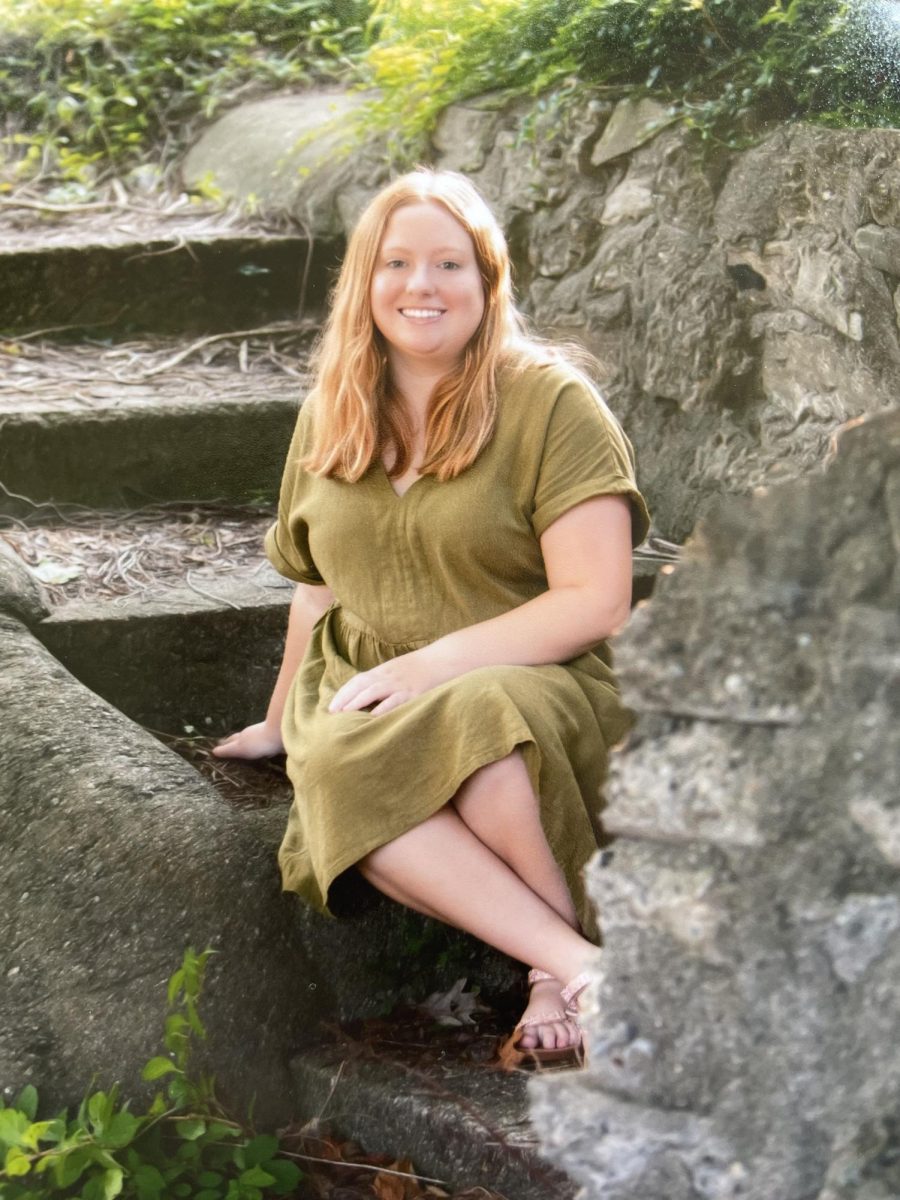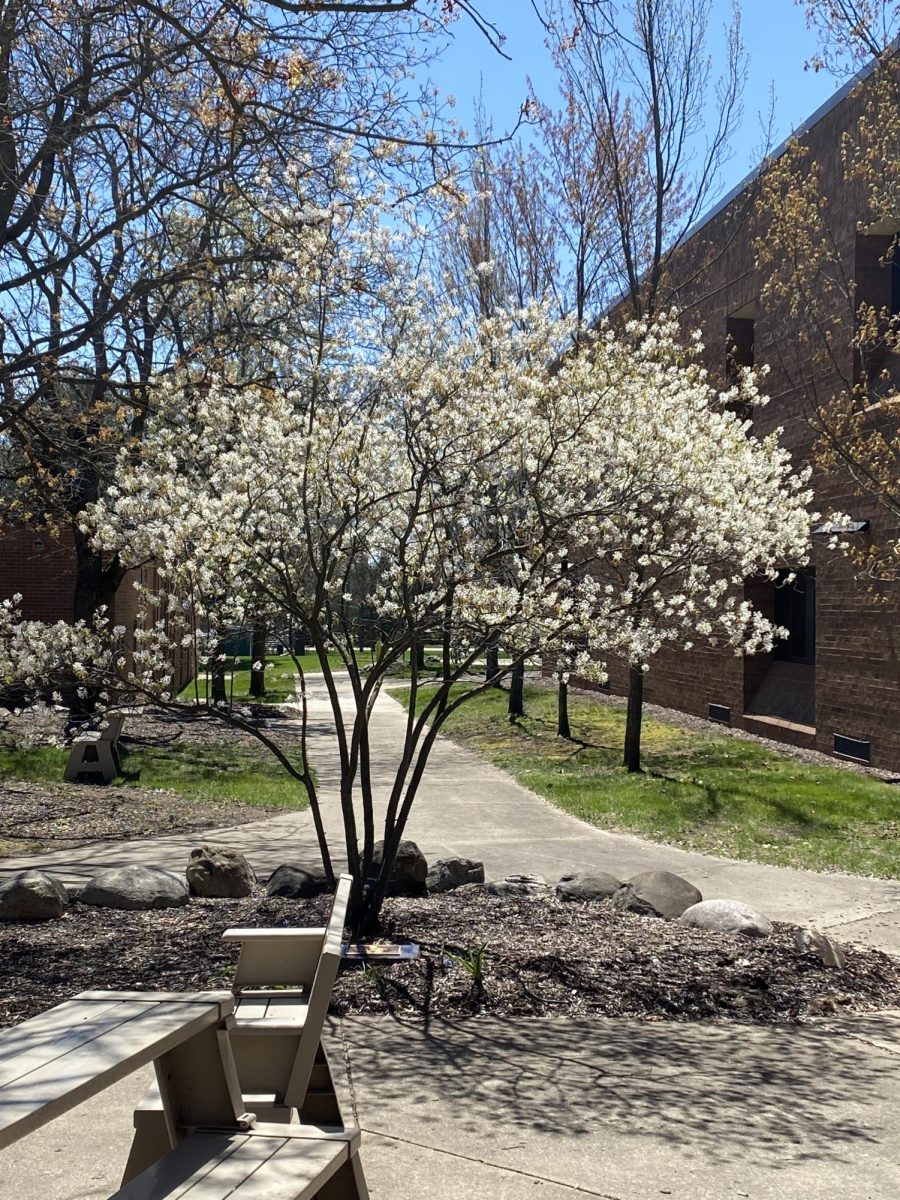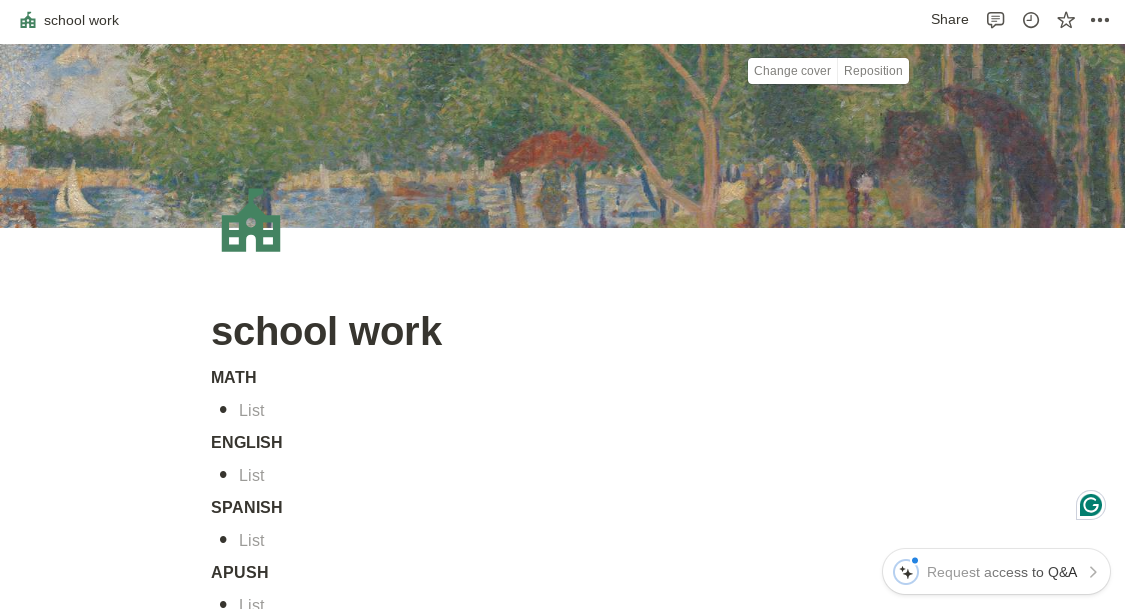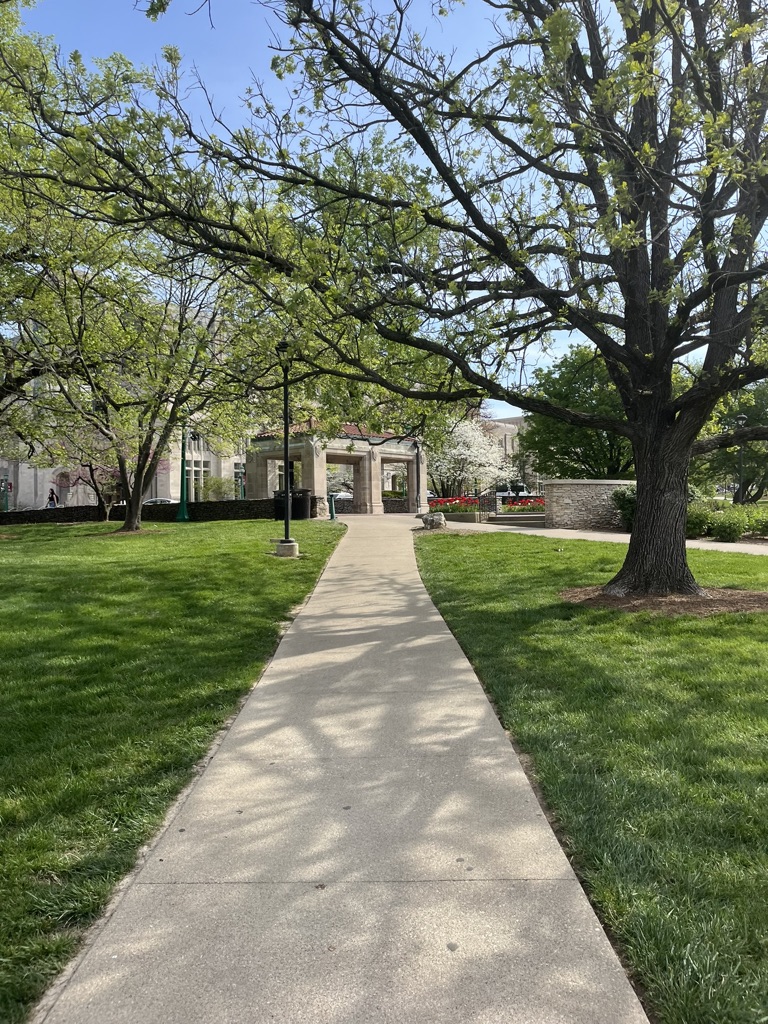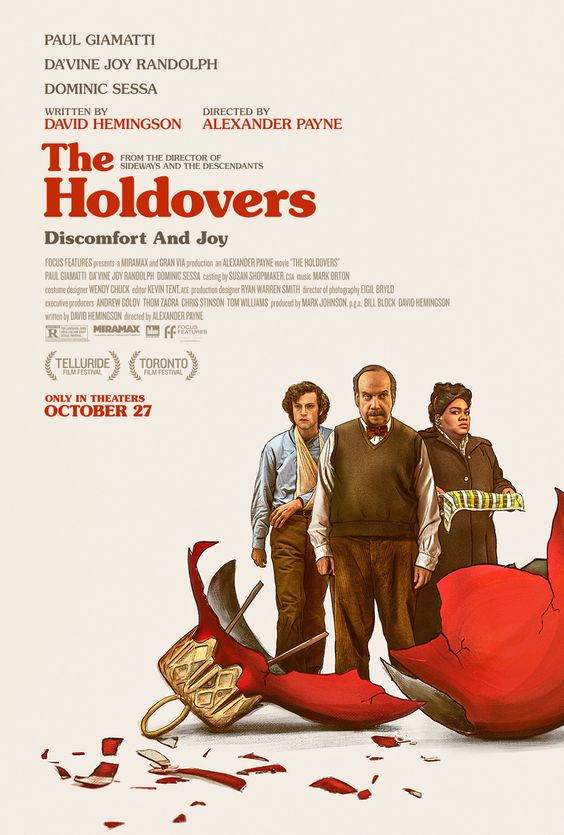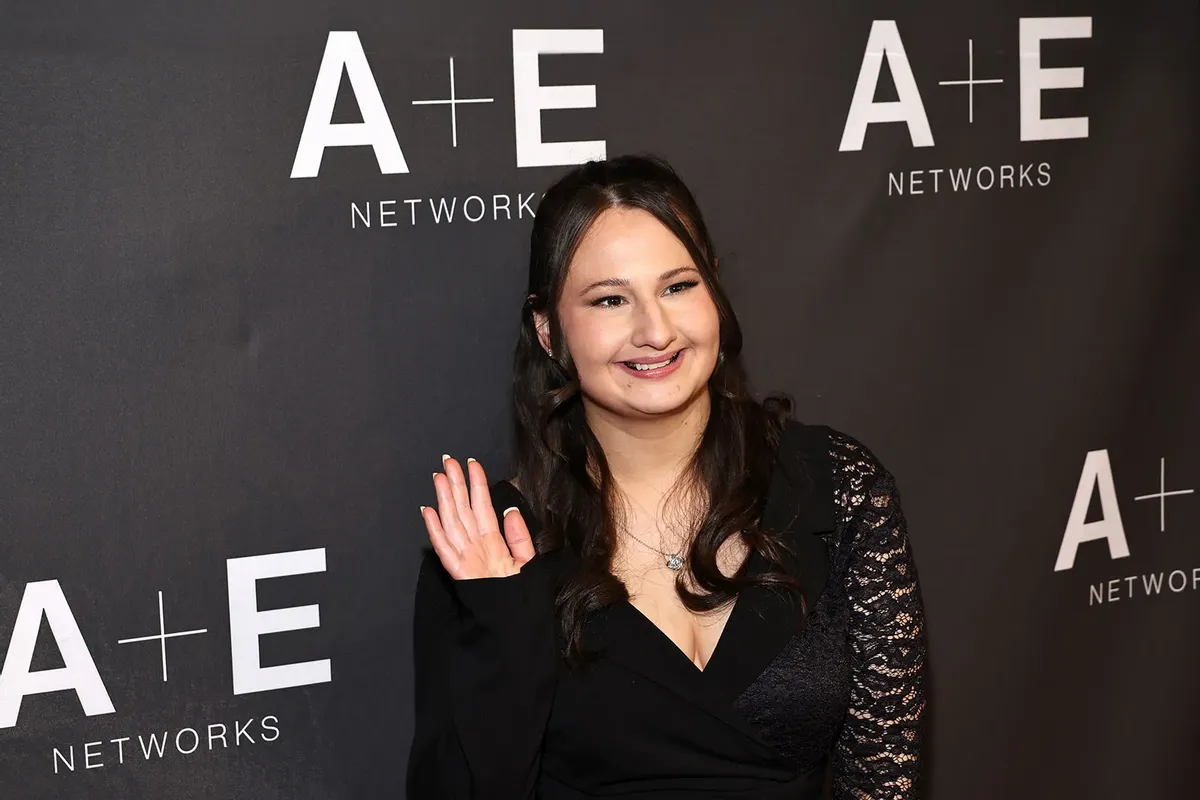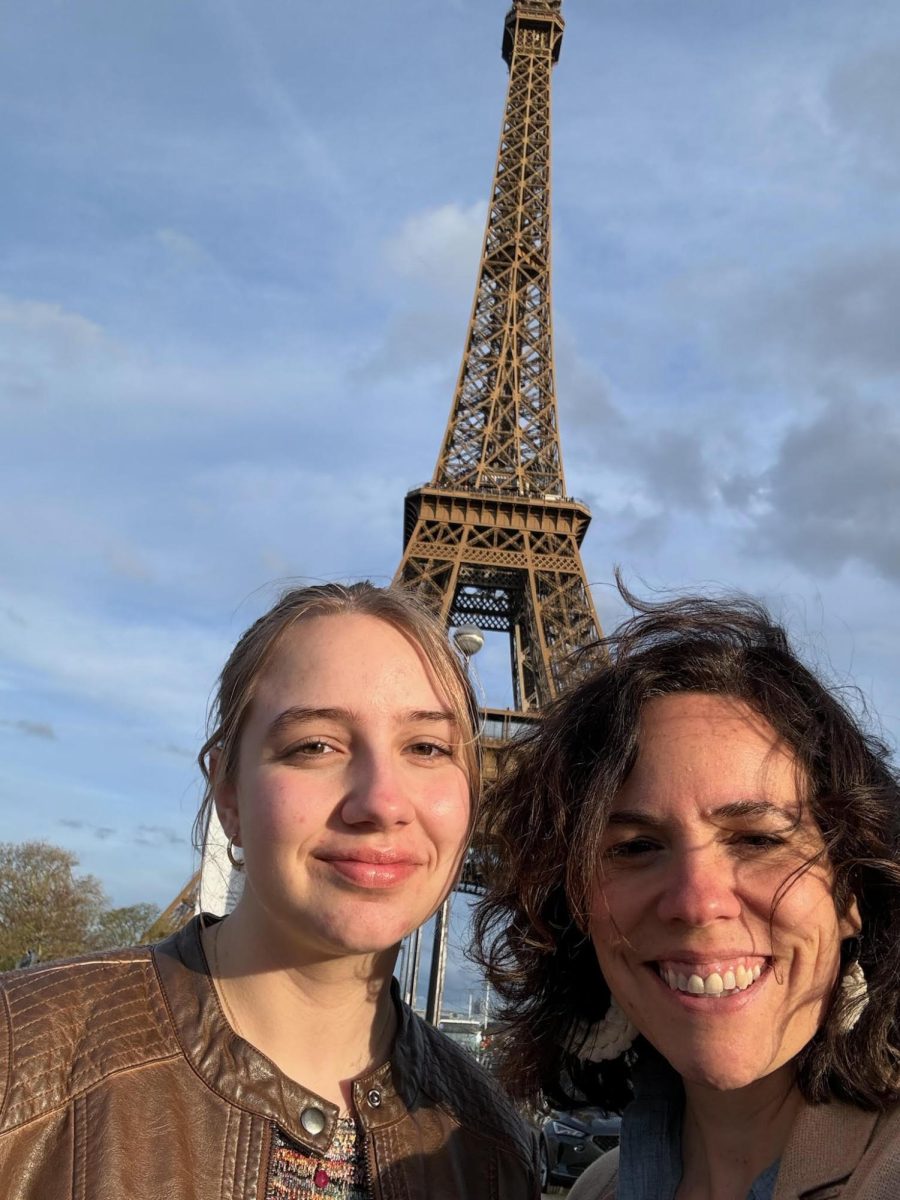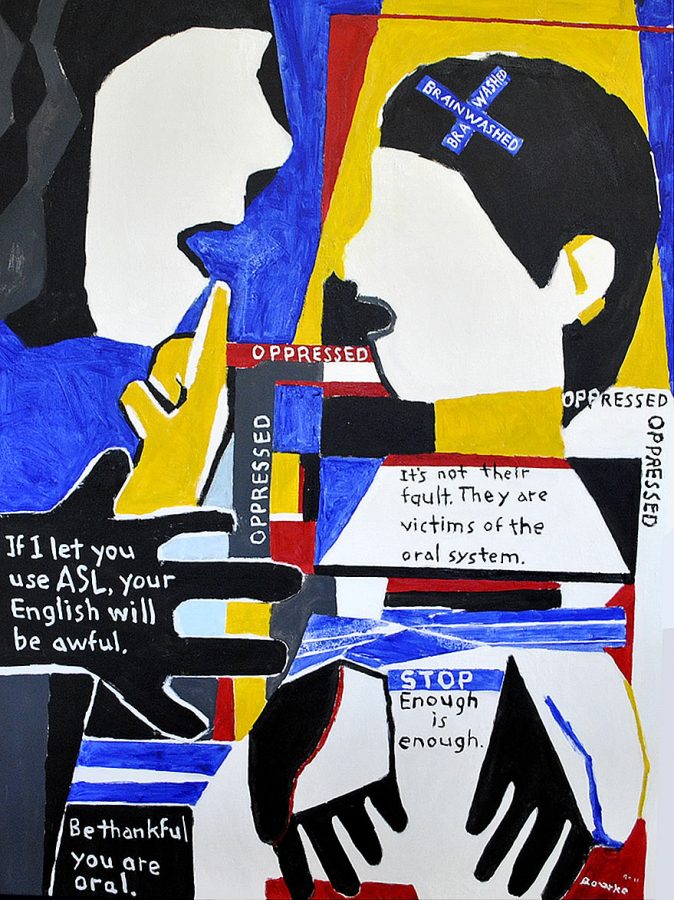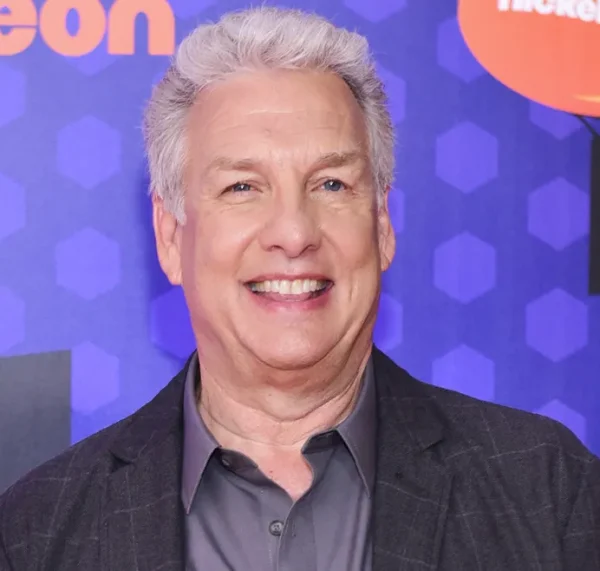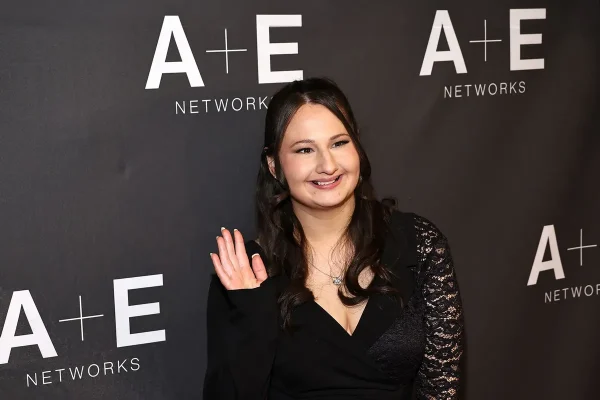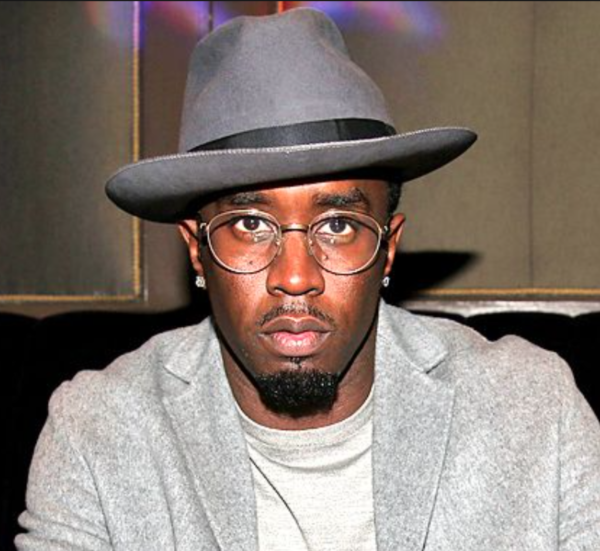What is Audism?
Growing up, I learned about racism in school. I’ve experienced sexism first hand as a woman. However, it was only upon starting American Sign Language at FHC that I heard the term Audism.
Approximately 15% of American adults aged 18 and over report having trouble hearing. That’s 37.5 million people in the United States alone. That’s a lot of people in our nation who are deaf, and just like with any different minority group, the majority has discriminated against the deaf for generations. That oppression was named audism in 1975 by Dr. Tom Humphries, a Deaf scholar at the University of California in San Diego. Audism is defined by Merriam-Webster Dictionary as “discrimination or prejudice against individuals who are deaf or hard of hearing.”
Starting with the Milan conference in 1880 that outlawed sign language and the Dark Ages of the sign language community, our history has been riddled with oppression against the deaf. Although audism is not something that can be tried in court, discrimination can be, and many deaf people are beginning to become more proactive in their defense. As of recently, lawsuits have been brought against companies that refuse to hire deaf employees, places that refuse to cater to the deaf, and hospitals like Northwest hospital in Seattle Washington that fail to provide sign language interpreters and other necessary accommodations. The lawsuit against Northwest hospital seeks a court order that would make them develop and implement policies that would make the hospital more deaf-friendly.
Unfortunately, sometimes people discriminate against the deaf without meaning to. More than 90 percent of deaf children are born to hearing parents, and while some parents take the time to learn signage to be able to communicate with their child, many do not. This causes a communication gap between deaf children and the people that are supposed to be teaching them how to live and thrive. Often times these children are left out of conversations and feel isolated, even when they’re surrounded by people. For instance, at a family dinner, many conversations could be going on at once, and a deaf person trying to follow along by lip reading will quite quickly be lost. When they ask those around them what people are saying, they could be brushed off and told, “I’ll tell you later” or “It’s not important.”
Often times, audism comes from people in the hearing community simply not wanting to put in the extra effort or money it would take to cater to the needs of the deaf and the hard of hearing. Whether it’s a teacher refusing to put closed captioning on a movie that they’re playing in class or an employer refusing to spend the money to get an interpreter for their deaf employees. Both are examples of discrimination and can be taken to court as such.
Many organizations combat audism in our nation, one or the most prominent being National Association of the Deaf, or NAD. NAD’s mission is to preserve, protect and promote the civil, human, and linguistic rights of deaf and hard of hearing people in the United States. NAD works towards that goal through things like their Youth Leadership Camp for deaf high school students to learn about leadership and themselves.
With the 2010 apology for the detrimental effects the Milan conference’s resolutions had on the education of the deaf, it is apparent that some changes are being made. People are challenging Audism by learning more about the deaf community. Classes for hearing people that teach American Sign Language are now being offered and considered normal classes. Although many in the hearing community are still ignorant of the deaf community and audism is still a problem that infects our world, there is hope for a brighter future.

Ashlyn Korpak is a senior and entering her fourth and final year on The Central Trend. You can almost always find Ashlyn in The Central Trend room. But,...










